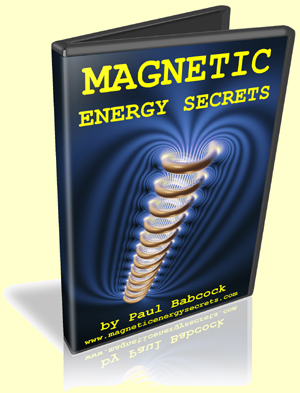I want to begin discussing Paul Babcock's recently released information. He mentions that magnetic flux is developed independently from the amount of input electricity. one example showed more flux lines created with same input by simply adding length to the conductor.
this sounds like what Bedini says about making a bigger coil to get more output from a Ssg system.
anyone else please comment on what you took from his lecture and how it relates to bedinis work or anyone else's.
this sounds like what Bedini says about making a bigger coil to get more output from a Ssg system.
anyone else please comment on what you took from his lecture and how it relates to bedinis work or anyone else's.





Comment